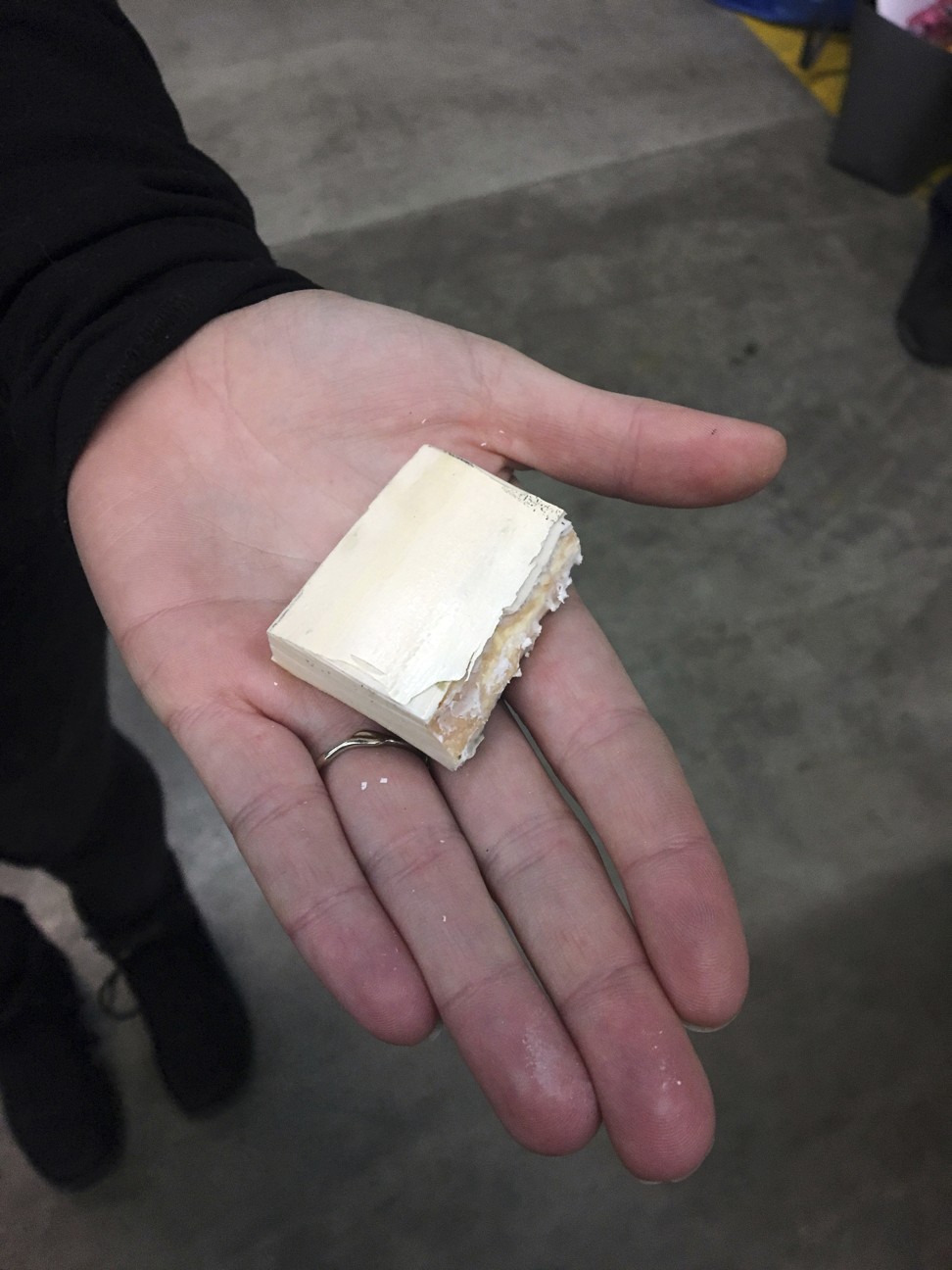
Scientists battle to save elephants from poachers using DNA, piles of dung and US$4.5m in seized ivory
Scientists in the US are using advanced technology and massive databases to stop poaching of elephants in Africa - hopefully saving the beautiful creatures from extinction

Scientists are using information gleaned from both illegal ivory art and elephant dung to provide clues that could help save the lives of pachyderms that are being slaughtered for their tusks in Africa.
The wildlife detective work involves cutting up seized artefacts, including bangle bracelets and statues of Chinese deities, and subjecting them to carbon dating to determine when the elephants were killed.
DNA from the ivory art is then compared to a DNA database derived from elephant dung to pinpoint where they lived.
What scientists learn may not put a particular poacher in jail, but will tell the story of where and when an elephant died on an African savannah so its tusk could be carved in Asia to make a goddess statue priced at US$72,000 (HK$463,000) in New York City.
That statue was just one of numerous works of art worth $4.5 million that were taken from just a single Manhattan antiques shop.
“It’s going to be really helpful not only for scientific purposes, but also to be able to tell people about the individual lives of elephants that ended up as artwork on our streets,” said Wendy Hapgood, director of the Wild Tomorrow Fund.

The Wild Tomorrow Fund supports African wildlife preserves, anti-poaching enforcement and efforts to shut down the ivory trade.
The population of African elephants fell 30 per cent between 2007 and 2014, to about 350,000
The group cut chips from 21 statues, bracelets and mounted tusks that were among $4.5 million in illegal ivory artefacts seized from a Manhattan antiques shop and dramatically destroyed in a rock crusher in Central Park last August.
The chips will be analysed by scientists at Columbia University and the University of Washington.
Previous work by the researchers has provided valuable information to focus poaching law enforcement in Africa and prosecute ivory traffickers elsewhere.
Once numbered at more than a million, the population of African elephants fell 30 per cent between 2007 and 2014, to about 350,000, according to the Great Elephant Census funded by wildlife organisations.
The decline, at a rate of 8 per cent per year, is attributed mainly to poaching for ivory.

The sale of ivory across international boundaries has been banned since 1990. Last year, the US Fish and Wildlife Service instituted a near-total ban on the domestic commercial ivory trade and barred sales across state lines.
Hapgood and colleague John Steward were in Albany recently to saw samples from two massive tusks that were spared the Central Park crusher and locked in a state Department of Environmental Conservation warehouse.
The chips will be sent to Columbia University geochemist Kevin Uno, whose radioisotope analysis measures carbon-14 deposited by atomic bomb tests to date the ivory and determine when the elephant died.
Samples were also sent to biologist Sam Wasser, of the University of Washington, who extracted DNA from elephant dung all over Africa in the 1990s to map elephant genetics across the continent. Now he compares DNA from seized ivory to the map to determine where it came from.
Uno and colleagues published a study in 2016 looking at 230 elephant tusks from 15 seizures of shipping containers being illegally transmitted out of Africa.

The goal was to determine whether the ivory was from older stockpiles held by African national governments or from elephants recently poached.
“We found 90 per cent of the ivory was coming from elephants that died within three years of the seizure date,” Uno said.
In a study published in 2015, Wasser’s DNA studies on large seizures of ivory found shipments tended to come from a few poaching hotspots.
Identification of areas of Tanzania and Zambia as hotspots helped persuade a United Nations agency to deny requests from those countries to sell their ivory stockpiles.
The DNA and radioisotope analysis can also help prosecute traffickers. In 2013, Wasser’s lab helped convict an ivory trafficking kingpin in Togo by providing evidence that his ivory came from Cameroon and Gabon, two of the hardest hit countries in the elephant slaughter.
Radioisotope analysis by Lawrence Livermore National Laboratory in California showed the ivory came from elephants killed as recently as 2010, not before the 1989 ban as the trafficker claimed.
“The big study we did was on shipments leaving Africa,” Uno said. “Now we’re coming at it from the retail side, so if they seize pieces from a shop, how much of it is recent and how much is old.”

The ultimate goals are to help law enforcement and policymakers shut down the ivory market and raise public awareness of the plight of pachyderms.
“The extension of that is to slow the killing of elephants and prevent their extinction,” Uno said.
Samples from a $4.5 million illegal ivory seizure in New York are being analysed to determine where and when the elephants were killed to create the carvings.
A scientist from Columbia University will use radioactive carbon dating to determine when the elephants died. Another researcher from the University of Washington will determine where they were killed using a DNA database compiled by analysing elephant dung from all over Africa.
The ultimate goals are to raise public awareness of the plight of elephants and help law enforcement and policymakers shut down the ivory market.